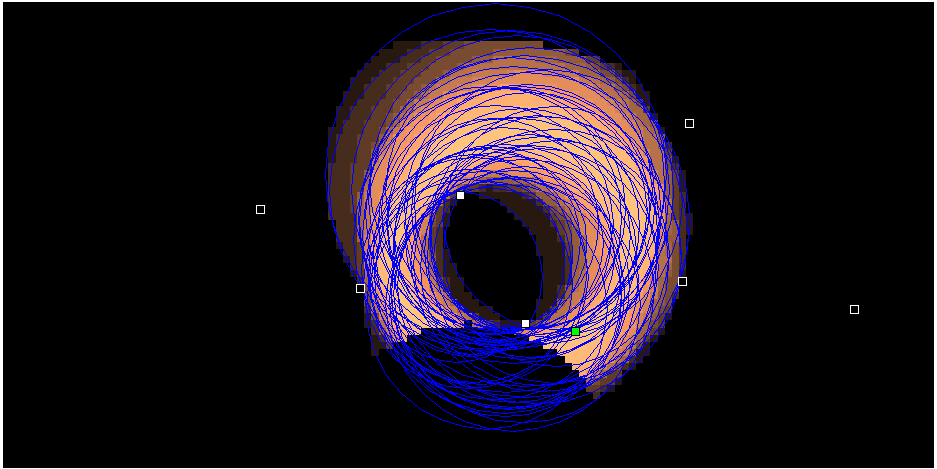DHUNCHE: A massive wild fire spread across Rasuwa’s northern Timure and the surrounding forest of Langtang area this morning. The inferno in Langtang National Park area was reported after a huge cloud of smoke was seen from the headquarters at around 10:00 am. According to locals, they first suspected a volcano eruption but they did not hear any explosive sound. As the incident site is far from human settlement, people are safe, said District Police Office. The incident site is a three-day walk from the district headquarters. A Nepali Army chopper, which had reached the site at 1:00 pm, is learned to have returned without learning about the cause of the fire.That was the news. Source: http://www.thehimalayantimes.com/fullNews.php?headline=Fire+engulfs+Langtang+National+Park+area&NewsID=358587
The NASA remote sensing observation satellites called Moderate-resolution Imaging Spectroradiometer (MODIS) detected fire activities in the area. Attached is the screenshot.
More about the tools:
The Fire Information for Resource Management System (FIRMS) integrates remote sensing and GIS technologies to deliver global MODIS fire locations and burned area information. The active fire locations are processed by LANCE using the standard MODIS MOD14/MYD14 Fire and Thermal Anomalies product. Each active fire location represents the center of a 1km pixel that is flagged by the algorithm as containing one or more fires within the pixel.
http://firms.modaps.eosdis.nasa.gov/firemap/
If someone is concerned about the fire in any particular location, they also provide email subscription alerts. I think someone in environment ministry should be interested. Just wanted to point out the tools that may help the decision makers.
-->




































